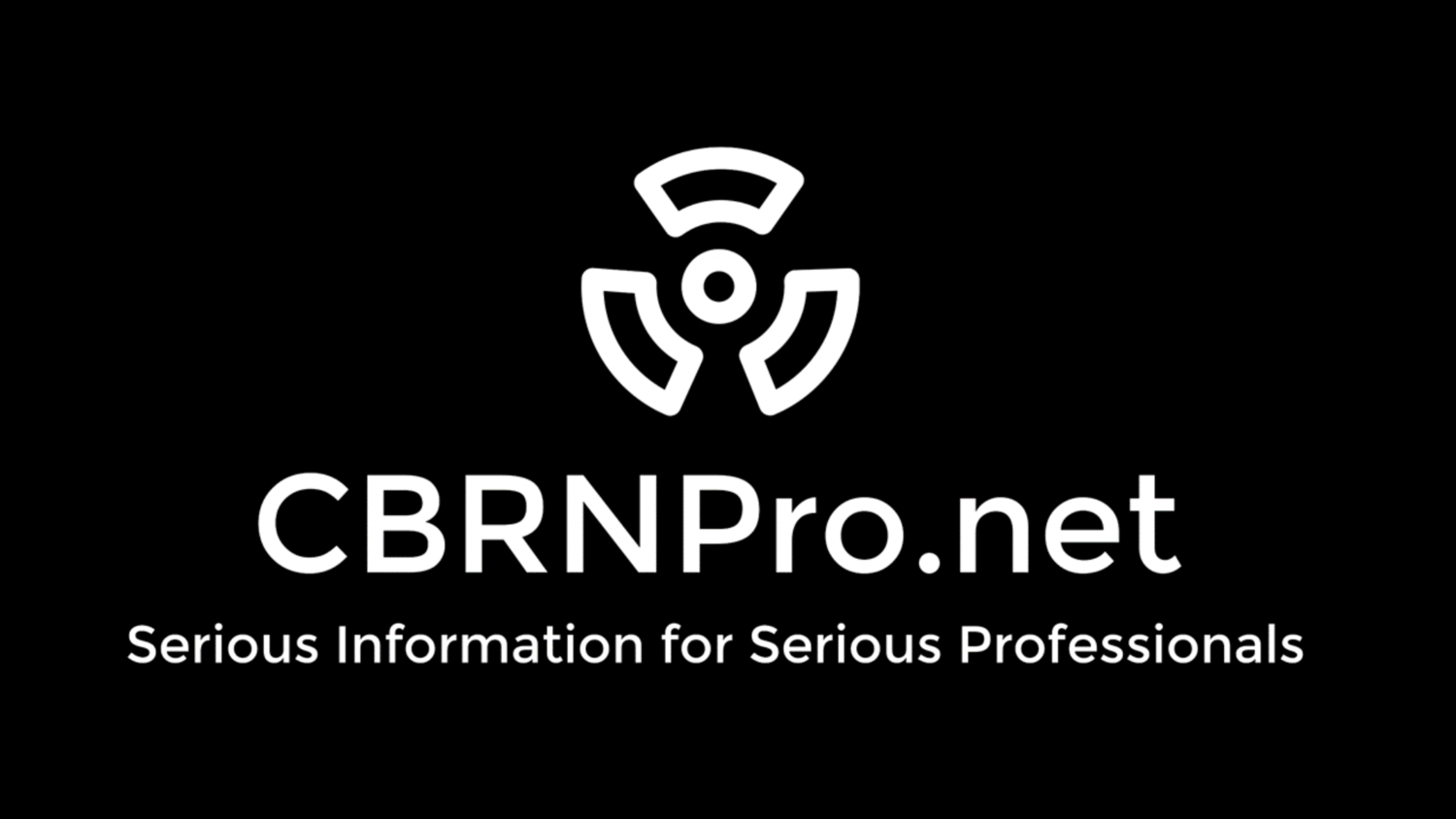The 2001 Anthrax Attacks offered many lessons in what not do when it came to a biological threat. Unfortunately, now as we find ourselves in the midst of a global pandemic, it seems no one learned any of those lessons. CBRNPro.net takes a look back at the White Powder Rodeo of 2001 and what it means for today.
Hi.
Welcome to my blog. I document my adventures in travel, style, and food. Hope you have a nice stay!


![The White Powder Rodeo: Lessons from the Amerithrax Response [for a Global Pandemic]](https://images.squarespace-cdn.com/content/v1/5541ba88e4b0847de60d60dc/1586351940883-DP9VV6546V6N0APZ11GP/20140819_124637_Android.jpg)










